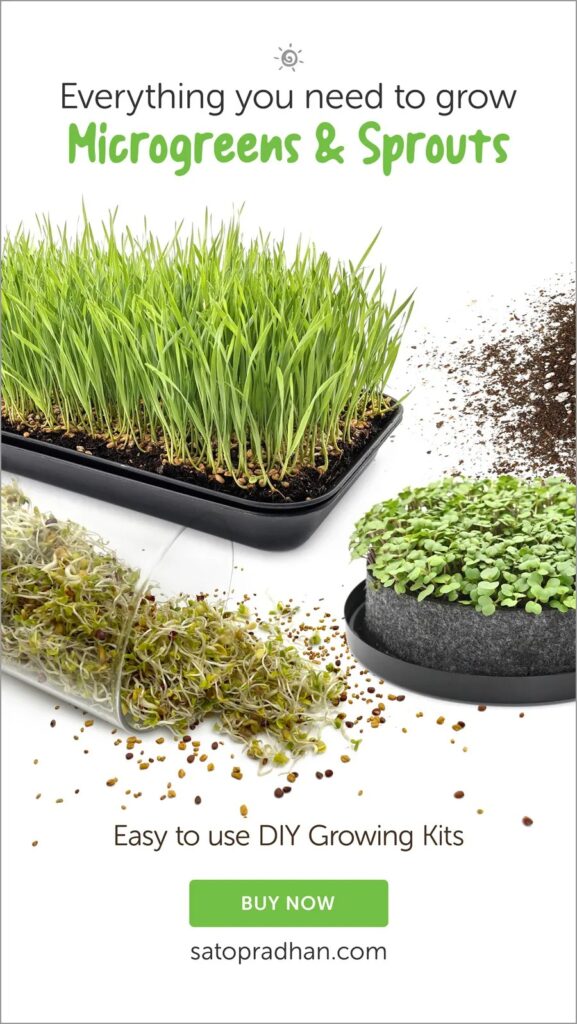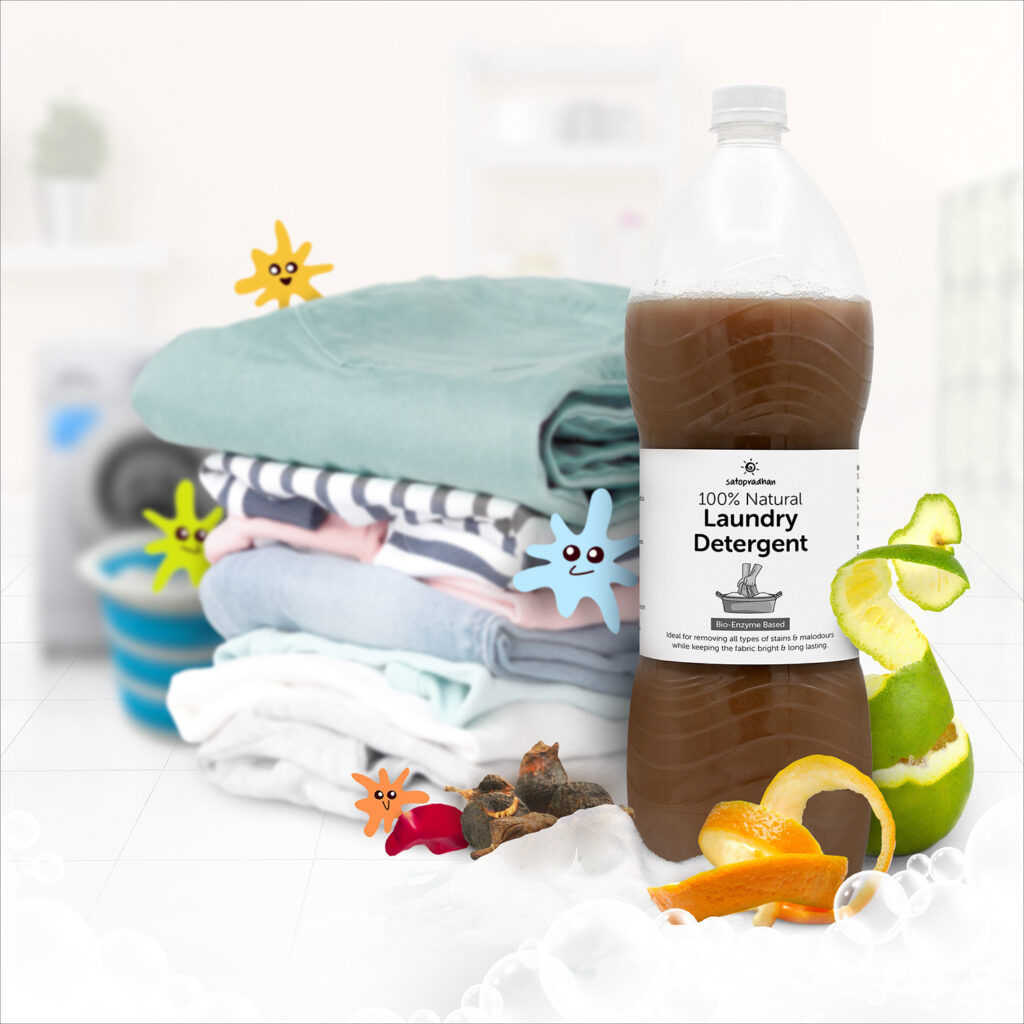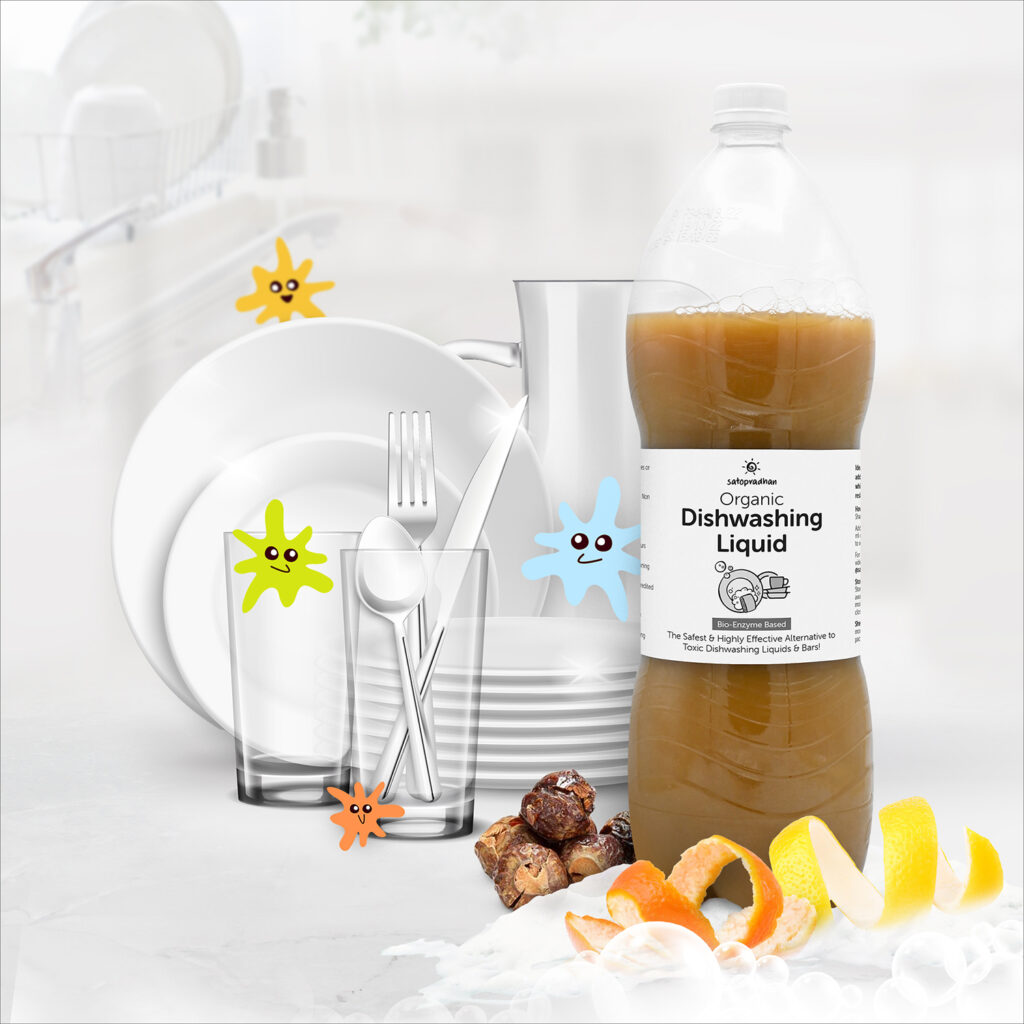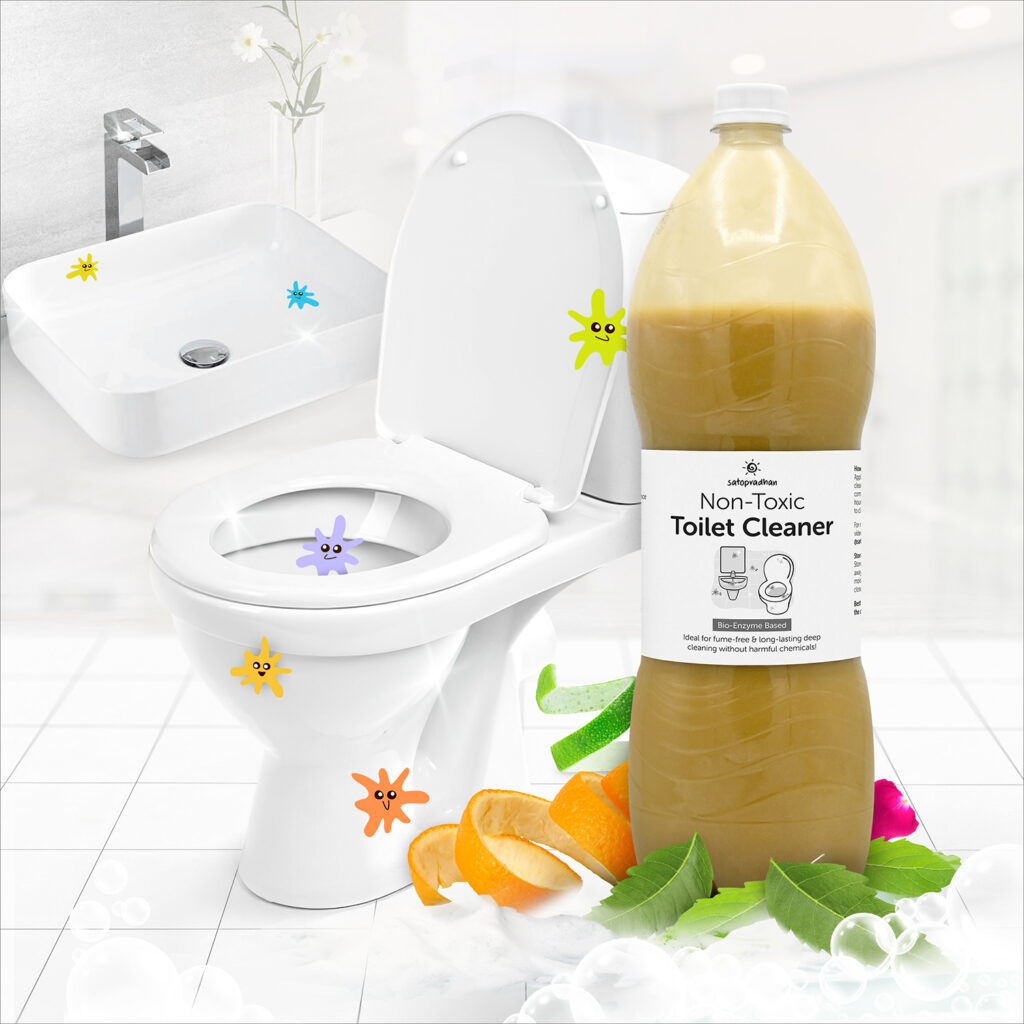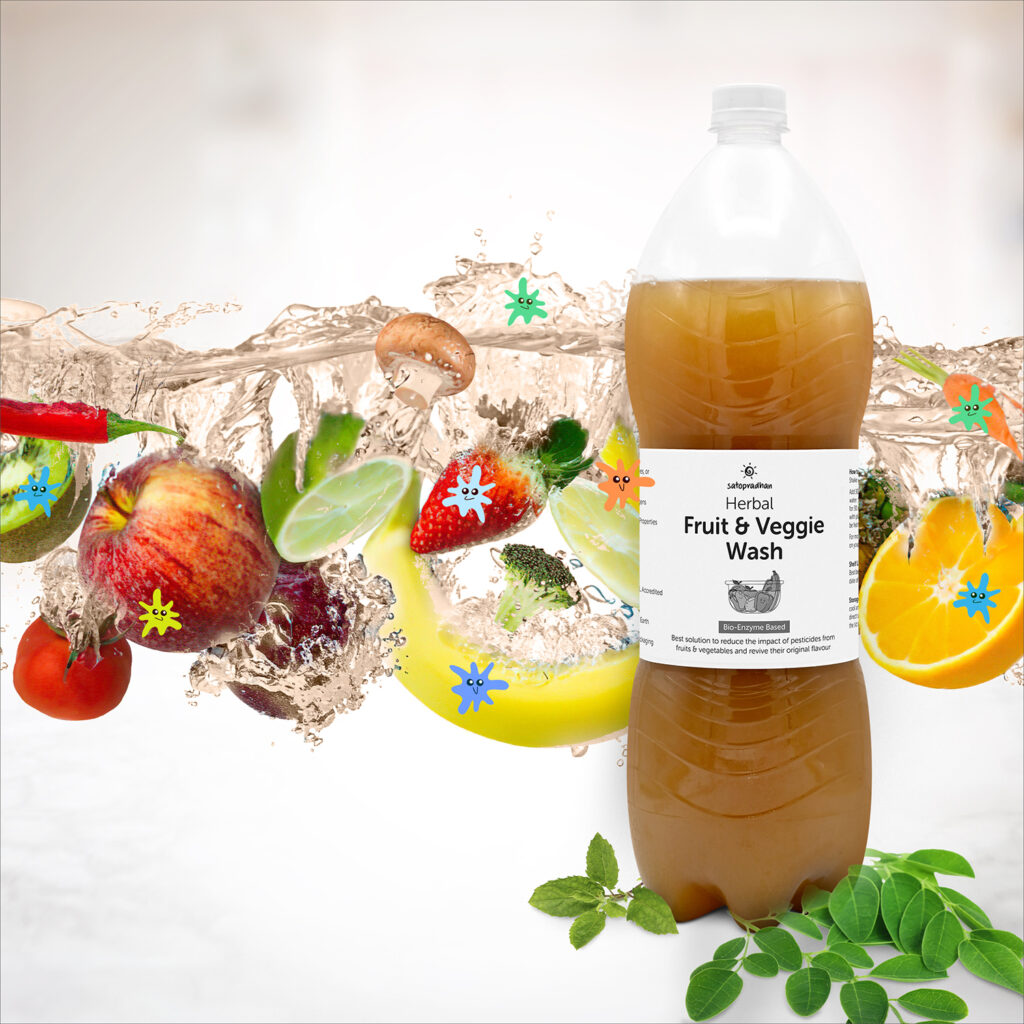Have you started with growing & consuming the superfoods indoors but at the same time can’t wait to start planting outdoors?
If yes, then your wait is over!
It’s time to begin sowing the seeds of your favourite, delicious, nutty and crunchy greens & add them to your salads in just 4-6 weeks.
What are Leafy Greens?
Also known as salad greens, leaf vegetables, pot herbs or simply greens, leafy greens are edible plant leaves that we eat as a vegetable. They are green, shallow-rooted plants that come packed with a variety of vitamins and minerals.
Generally referred to as the harvested leaves of a plant, leafy greens are easy to grow and are have a quick growth cycle, i.e. they are ready to harvest within 4-6 weeks. They are used to add flavour & texture to your soups and salads and colour to your plate.
What are their Benefits?
Eat your greens! They are good for you
Most of the time, you might have heard this from your parents one time or the other. But what is it that makes leafy greens so good for you?
Leafy greens are considered the natural storehouse of nutrients for human beings as they are a rich source of vitamins, minerals, folic acid & beta-carotene. Apart from this, there are many reasons to eat (and love) your greens as they
- Facilitate weight loss due to richness in dietary fibre & low-calorie content
- Build stronger bones with high levels of vitamin K, magnesium and calcium
- Promote eye health due to the presence of carotenoids which help in maintaining vision
- Fight off diseases like cancer and diabetes with a high level of flavonoids & antioxidants
- Provide an immune boost with beta-carotene and vitamin A
Why Grow them in your Home Garden?
Apart from being a rich source of all kinds of nutrition, they are very low in calories. Leafy greens can be grown at home as they are
- Easy to grow
- Require minimal time & effort
- Fast-growing (harvest within 4-6 weeks)
- Grown within a limited space
- Suitable for all climates
Growing them at home also ensures their continual harvest and fresh supply. Besides, the nutrients present in leafy greens start to break down right after harvest. (Some spinach varieties can lose 90% of their nutrients within the first 24 hours, which means the vegetable has lost half of its nutrition by the time it reaches the store). This is yet another reason to grow your greens & consume them as soon as you harvest them to reap their health benefits.
Thus it’s best to grow your greens as the vegetable will never be as nutritious as the moment you pluck them off the ground.
Moreover, you can reap the physical as well as mental health benefits while gardening as it engages you physically & mentally. Spending time in nature reduces mental fatigue, lowers stress, provides better protection against illnesses and gives an overall feeling of better health.
Types of Leafy Greens
Do you want to add green leaves to your diet, but all that comes to your mind is spinach?
A wide range of leafy vegetables like kale, lettuce, chards, beet greens, mustard, amaranth etc., are available in different flavours for consumption in different dishes according to your taste & choice. Some of the varieties are:
Salad Greens: These are any leafy vegetables that are traditionally used in making salads. It could be different varieties of lettuce like romaine, iceberg, loose-leaf, baby spinach etc.
Chicory Greens: These are similar to lettuce but made up of hearty, bitter greens that are mostly used in dressings or soups. These include greens such as endive, radicchio, escarole etc.
Brassica Greens: Some greens from the brassica family like mizuna, kale, arugula, watercress etc., with a bit of peppery taste, can be eaten raw or cooked.
Supplies needed to grow them
If you are ready to plant your first leafy greens, you will need some gardening supplies- but which ones?
- Choose a perfect spot for your greens: Although they require less space & tolerate shade better than other vegetables, choose a location that gets atleast 4-6 hours of sunlight. This will ensure a high-quality harvest. It is convenient to grow them in containers as you can transport them when and where needed.
- Choose the right container size for your leafy vegetables: Select your favourite vegetable that you would like to grow. Start small. Select up to 5 types of leafy greens to grow and the right container size for it. Most leafy greens have a shallow root system, so they don’t require more than 4″ -6″ height to anchor and thrive.
- A good potting mix: Leafy greens grow well in loose, well-drained soil. The potting mix should be lighter than the garden soil, consistent & most importantly, compost-based mix that is teeming with life as a healthy soil contributes to the plant’s health
- Organic desi seeds: The key is to get untreated, organic heirloom seeds to grow your leafy greens. Satopradhan offers a wide range of 100% organic, heirloom varieties of leafy greens, which are non-hybrid and non-GMO
- Watering can : Keep your greens hydrated by checking them for watering daily. Take care that the soil does not dry out completely.
- Organic fertilizer or nutrition mix: Leafy vegetables need more nitrogen for their crown growth. So, a fertilizer that is rich in nitrogen is required.
How to Grow?
So, once you have finally decided which leafy greens to grow & assembled all the supplies, you are just a month away from homegrown salads and greens. Here are some tips for you on how to start with it.
You can grow them in your lawns, but if you lack space, you can choose to grow them in containers, making them portable.
- Fill your container with potting mix: Mix equal parts of moist soil-less potting mix to garden soil and press it slightly in the container to remove any air pockets.
- Sow the seeds: Direct sow the seeds you have chosen ¼” to ½” deep into the well-drained soil at least 8” to 12” apart. You can sprinkle some of the seeds directly like spinach, fenugreek, mustard, whereas you can plant other greens like lettuce, kale and chards at a distance of at least 8 inches. Gently dab the soil to allow the seeds to get covered properly
- Watering: Use a watering can to gently water the planted seeds until they germinate. Keep the soil moist until the germination starts. Don’t overwater; stick your finger about an inch deep into the soil. If it’s moist, wait another day, but if it’s dry, water it immediately. After watering, cover your seeds with a plastic bag or newspaper to maintain consistent temperature & moisture for seeds to germinate.
Note: Avoid using pipes and hoses in the initial period as the heavy water flow can wash away the seeds. - Growing: Once germinated, remove the cover and place them at a location where it receives at least 4 to 6 hours of sunlight but can also tolerate partial shade well. If your greens receive less than 6 hours of light daily, they will be thinner and produce fewer leaves.
- Care & Protection: Keep the plants hydrated. Use a soluble nitrogen-rich fertilizer & add it to your plants after they are few inches tall. Leafy greens grow very fast and have marginal fertilizer needs as half of the nutrition has already been provided by the potting mix initially. Apply the nutrition once a month and add more only if the leaves colour turns to pale green or if new growth is stunted without any pest attack. In a case of any infestation, remove the infested leaves and spray neem oil or any other organic pesticide. Spray it particularly near the bottom of the leaves, as you can spot them mostly on the undersides of young leaves.By spraying a pesticide, you make the leaves distasteful or abhorrent to pests so that they will look elsewhere for a meal.
- Harvest: You can harvest the baby leaves within 3-4 weeks, whereas fully mature leaves within 6-8 weeks. Pick atleast a fistful of leaves for harvest at once and avoid picking the terminal bud (top center of the plant) to lengthen the harvest period. Keep picking and discarding the yellow leaves during your daily care routine to keep your plants healthy.
- Enjoy your harvest!: Once harvested successfully, add them to your salads and get eating
Can they be grown all year long?
You can’t grow greens all year, can you?
One thing that most people don’t get enough in their diet is greens. But, there is no reason not to when you can grow them on your own all year long.
You can plant your greens according to your climate. Choose the heat-tolerant greens like Malabar spinach, amaranthus, roselle, mustard greens, mizuna as they won’t bolt without experiencing cold temperatures. Similarly, during winters, choose and start growing the cool-season greens indoors & plant them outside later. A few of them are spinach, kale, lettuce, arugula, swiss chard, bok choy etc., which are hardy and can thrive in colder climates.
When to Harvest your Greens?
The proper time to harvest them depends on your preferences. Leaves tend to be more tender and mild in taste when they are young and tiny, i.e. three weeks old; at this stage, they are called baby leaves. You can eat all of them raw at this stage. If you plan to harvest at this stage, plant them very densely. Harvest them by cutting the leaves ½” above the soil level.
If you want a stronger flavour, wait for the leaves to reach up to 4”-6” long & space them farther apart. Either harvest the outer leaves and let the centre leaves get larger or harvest the whole plant.
How to Harvest your Greens?
Why harvest an entire head of lettuce or kale at once when you could keep your plant around to feed you for months to come?
Depending on what kind of leaves you are growing and how long you want the plant to last. Here are a few different methods to harvest them
- Cut-and-Come-again: In this method, you can partially harvest a plant when you do not want to do a complete harvest. Hold a handful of leaves and cut them about ½”-1” above the base with scissors. The leaves will continue to grow, thus stretching the harvest period.
- One leaf at a time: Cradle the leaves with your fingers and pinch them from the plant with your thumbnail. Always remove the outer mature leaves first and let the new baby leaves grow from the crown i.e. the centre of the plant. Mainly used when you need a small number of leaves for daily consumption.
- Remove the head: Cut the stem at the soil level with a sharp knife or pull the bunch up with the roots intact which ensure its prolonged shelf life. Used mainly by supermarket sellers as cutting off the head or pulling it out with the roots increases the shelf life of the vegetable.
How to use them?
Leafy greens are versatile and easy to prepare. The best way to use them is to eat them raw & avoid cooking them as it leads to loss of essential nutrients. Some of the ways you can use them are
- Add to juices: You will be thrilled to discover how delicious these green drinks are! One of our favourite & delicious blends is lettuce romaine, celery, kale, cucumber, green apple or pear, lemon & ginger.
- Sneak into sauces: Either chopped or in pureed form, you can always add some extra greens to the sauces
- Use as a garnish: A great way to use them is to very finely shred them and sprinkle them on the top of dishes
- Blend into the smoothies: Try adding greens to your morning smoothie breakfast. Kale & spinach is a good option for it.
- Prepare vegetable wraps: Try swapping out the bread from your favourite sandwich with a piece of lettuce romaine and prepare the delicious lettuce wrap. Try adding all of these leaves (not just selected ones) to your diet in rotation to reap all the nutritional benefits.
As you can see, growing your greens is easier than you thought.
Start growing your greens & start eating them too!


